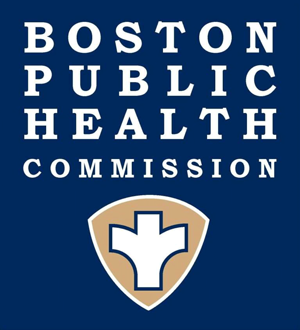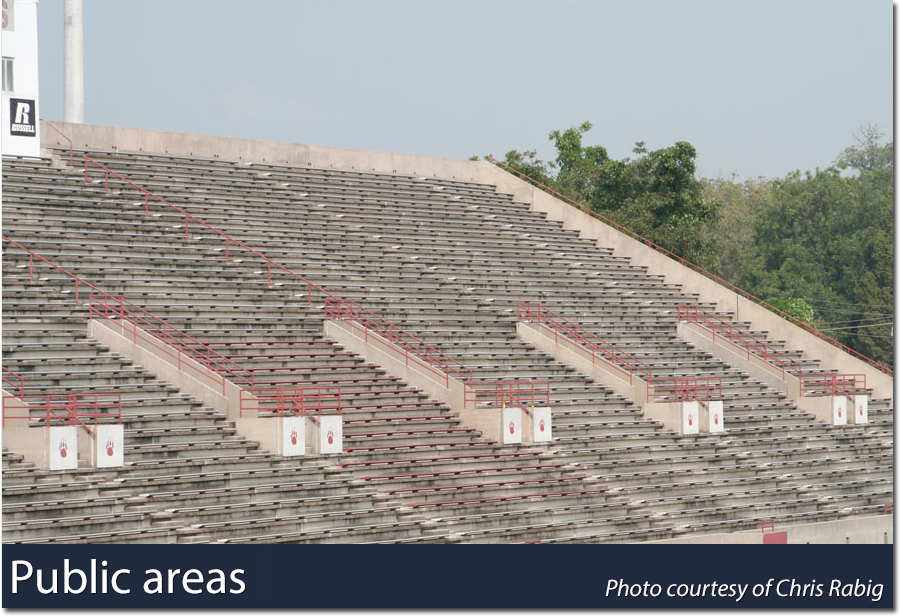Public Resources
Public Resources
activating a mass casualty response
Because MCIs require large numbers of personnel and equipment, the sooner an MCI is declared the better. However, this must be performed with discipline. Response fatigue can occur when personnel are constantly alerted to high-potential responses and are then cancelled or not-utilized at all. This constant alert-cancel, alert-cancel, pattern can result in responders not taking future alerts seriously.
1. Size-Up
To solve this, an accurate size-up must be performed to determine resources required. This size-up can begin at the dispatch center. Call-takers and dispatchers should suspect mass casualties in these situations:
- Multiple calls for the same incident
- High-occupancy transportation accident (e.g. train, bus, ferry, aircraft)
- Explosions
- Suspicious package
- Multiple alarm fires
- Structure collapse
- Hazardous materials release
- Public disorder
- Active shooter
Most MCIs will require resources from numerous agencies working together. Whether it is through the 9-1-1 system or from on-scene units, an agency that is aware of a developing MCI must ensure that other agencies in the unified response plan are also alerted. Once dispatch has performed their size-up, a scene size-up must now be performed.
2. Scene Size-Up
There are several tools for performing a scene size-up. One of the most effective is the METHANE Scene Assessment tool.
| Action | Description |
Mass Incident Declared | The incident must be formally declared. This may be performed at the scene or Communications Center. Once declared, appropriate notifications and activations can take place. |
Exact Location | Several incidents may be involved, therefore the exact location is important to avoid confusion. Also, in urban areas there may be common locations with the same street name. |
| Type of Incident | Alerting responding units of the type of incident helps them to safely access or stage if required. |
Hazards Present | The conditions present will affect the response. Are roads icy? Are there downed power lines? Is a hazardous material involved? |
Access & Egress | Assess primary and secondary routes in to the scene. To certain response units such as ambulances, egress or routes away from the scene may need to be identified and maintained. |
Number of Casualties & Severity* | The number of potential casualties dictates the resources that will be required, but just as important is the severity of the injuries. A small number of seriously injured victims may require the same resources as a large number of victims with minor injuries. Also consider potential. For example, an aircraft declaring an emergency with 200 passengers aboard may potentially require a mass casualty response. |
| Emergency Services Required | Consider specialty services that may be utilized: lighting plants, search and rescue teams, heating or cooling stations, etc. |
*The “N” in METHANE (estimating the number of injured or potentially injured) is one of the most important pieces of information that can be obtained. This will dictate both the resources required at the scene and the level of activation for receiving hospitals.
- Transportation incidents: Have the advantage of known occupancies for each vehicle. In these cases, early contact with the operators and crew will help to get this information. On many vehicles, whether it is bus, train, or boat, the occupancies may be printed on entry ways.
- Structures or public venues: Typically have staff available that is aware of the occupancies. If they are not available, break the structure down into workable areas such as floors, levels, or seating sections and make an estimate that way.
- Open spaces and public areas: Take advantage of natural or existing infrastructure and divide the scene into workable grids. Light poles, tree spacing, fence posts, can all be utilized for this purpose. Count the number of victims in one section, then simple multiplication will give you an estimated victim count.
| In the photo at left, let’s say there are victims lying on the pavement all the way to the end of the street. You count 10 victims in the space between trees one and two. There are 7 spaces, 7 x 10 = 70 so the victim count would be approximately 70. |
| If the stands in the photo at left were to collapse, it would take a long time to count every person individually. However, taking into account there are 16 seats across and 9 rows; 9 x 16 = 144 potential casualties. |
Many agencies have pre-determined response packages based on the casualty count. This way rather than calculate the number of resources required, a simple code or phase can be broadcast. This also greatly reduces radio traffic. Below is an example of how a graded response matrix may appear.
Phase Alert/ Patient Count | Police Response | EMS Response | Fire Response |
| Phase 1 (1-10) | 2 Units | 2 BLS, 1 ALS | 1 Company |
Phase 2 (11-20) | 3 Units, 1 Patrol Supervisor | 5 BLS, 3 ALS, 1 Supervisor | 2 Companies, 1 District Chief |
Phase 3 (21-50) | 5 Units, 1 Patrol Supervisor, 1 Patrol Commander | 10 BLS, 5 ALS, 1 Supervisor, 1 Shift Commander | 5 companies, 2 District Chiefs, 1 Battalion Commander |
Phase 4 (51-100) | 10 Units, 2 Patrol Supervisors, Mobile Operations, 1 Patrol Commander | 30 BLS, 10 ALS, 2 Supervisors, 1 Shift Commander, Special Operations | 7 Companies, 3 District Chiefs, 1 Battalion Commander, Chief of the Department |
| Phase 5 (100+) | 10 Units, 2 Patrol Supervisors, Mobile Operations, 1 Patrol Commander, Mutual Aid Units | 30 BLS, 10 ALS, 2 Supervisors, 1 Shift Commander, Special Operations, Mutual Aid Units | 7 Companies, 3 District Chiefs, 1 Battalion Commander, Chief of the Department, Mutual Aid Units |
Moreover, within each agency a pre-determined matrix of activations may occur depending on patient count. Here is an example of a Mass Casualty Job Action Sheet for EMS:
| Phase Level | Dispatch | Action |
| Phase 1 | 2 BLS, 1 ALS | System Page, confirm Police and Fire Response. Alert area hospitals |
| Phase 2 | 5 BLS, 3 ALS, 1 Supervisor | Above actions; Establish Command Post |
| Phase 3 | 10 BLS, 5 ALS, 1 Supervisor, 1 Shift Commander | Above actions; Page off-duty personnel for possible recall. Alert outlying hospitals. |
| Phase 4 | 30 BLS, 10 ALS, 2 Supervisors, 1 Shift Commander, Special Operations | Above actions; Contact Transit Authority for secondary transport options. Alert Mayor’s Office |
| Phase 5 | 30 BLS, 10 ALS, 2 Supervisors, 1 Shift Commander, Special Operations, Mutual Aid Units | Above actions; Recall off-duty personnel, establish operational periods. Alert Governor’s Office |
« Previous | Topic Home | Next »



